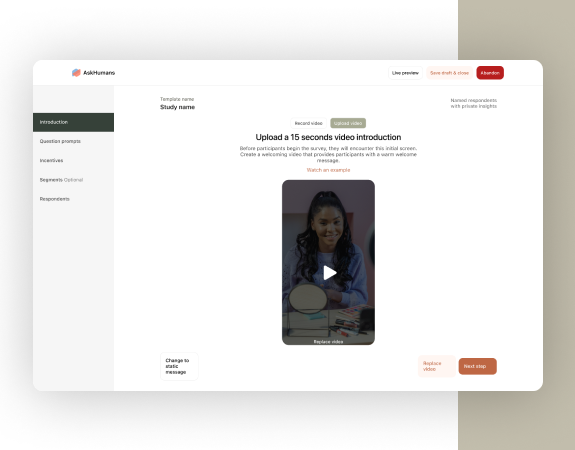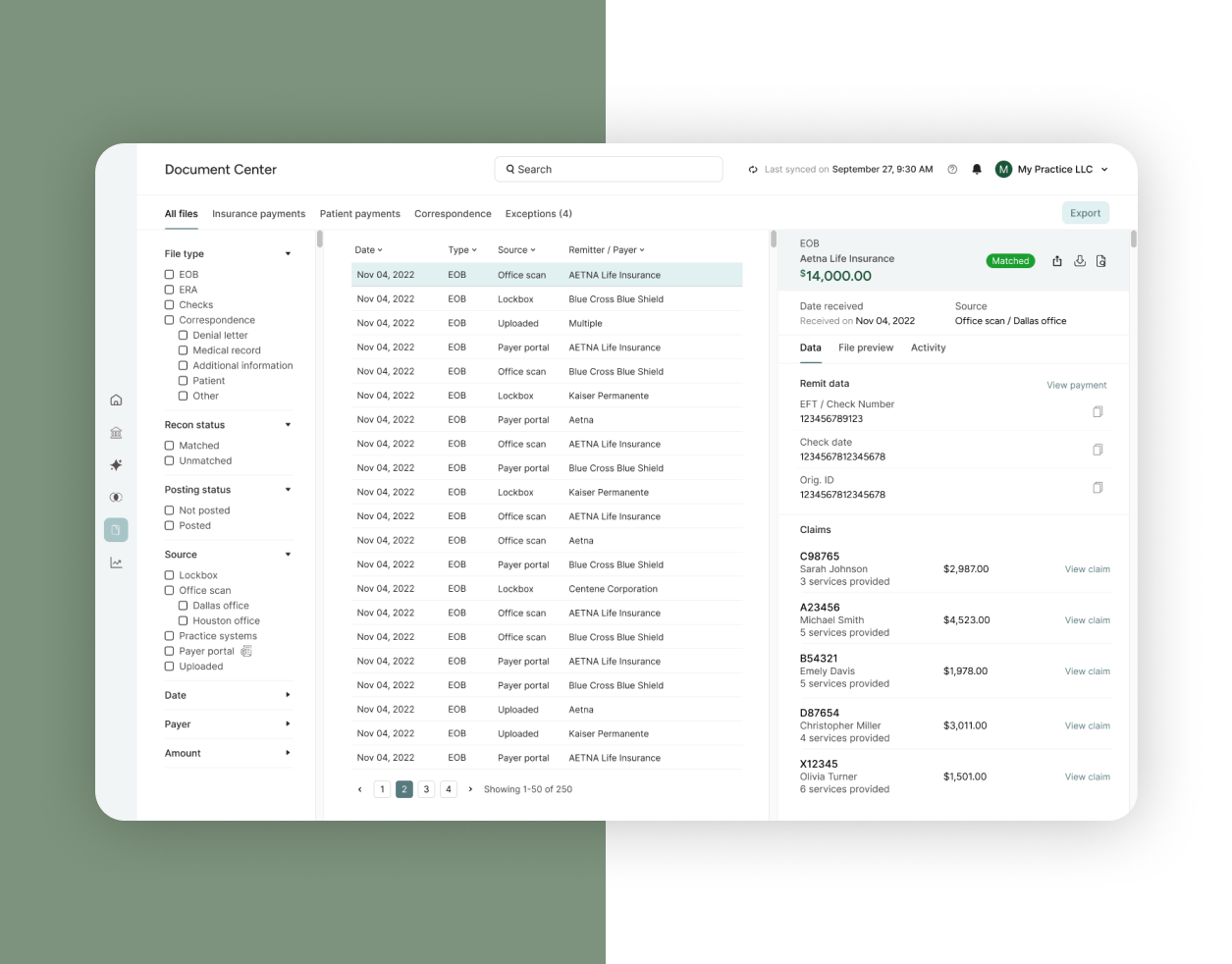As the Lead Product Designer and UX specialist for a transformative project, my primary objective was to revamp three distinct systems catering to clients, speakers, and internal users. The overarching goal was to enhance user experiences across these interfaces, ensuring a seamless and intuitive interaction for all stakeholders involved.
For this project, three different products were made:
Client-facing system
Speaker-centric system
Sales system
Speaker-centric system
Sales system
The client-facing system aimed to elevate user satisfaction by understanding their needs and expectations. The research process began with an in-depth analysis of client feedback, conducting surveys, and user interviews. This phase involved identifying pain points, preferences, and key user journeys. Through collaborative workshops, personas were developed to better empathize with clients, shaping the foundation for a user-centered design approach. Prototypes and usability testing were crucial components, allowing for iterative improvements based on real user feedback.


For the speaker-centric system, the research process was tailored to understand the unique challenges and aspirations of this user group. Interviews with prominent speakers provided valuable insights into their workflow, preferences, and pain points. Task analysis was employed to map out the end-to-end journey of speakers, identifying areas for optimization and innovation. Iterative design sessions and co-creation workshops with actual speakers played a pivotal role in refining prototypes. The resulting system aimed to empower speakers with an intuitive platform that seamlessly integrated with their professional requirements.
Internally, the focus was on creating a system that streamlined operational efficiency and collaboration. The research involved shadowing internal users, understanding their daily workflows, and gathering feedback through internal surveys. Collaborative design sprints were conducted to ideate on potential improvements, fostering a culture of innovation within the organization. The iterative design process was crucial in aligning the internal system with the specific needs of the team, resulting in a more user-friendly and efficient platform.


Cross-System Integration
An essential aspect of the project was ensuring cohesion and synergy across the three systems. This involved conducting cross-functional workshops, mapping out user journeys that spanned multiple interfaces, and aligning design patterns for a consistent brand experience. Iterative testing and feedback loops were instrumental in fine-tuning the interconnectedness of these systems.
The outcome of this comprehensive user-centered design process was a trio of systems that not only met the unique needs of clients, speakers, and internal users but also fostered a holistic and cohesive user experience across the entire platform. The success of the project is not just in the functional improvements but in the positive impact it has had on the stakeholders involved, reflecting a true commitment to user-centric design principles.
Some relevant features
A key feature introduced was an internal chat tool designed to facilitate seamless communication and collaboration among team members. Recognizing the importance of efficient internal communication, the chat tool integrated real-time messaging, file sharing, and threaded discussions. It not only enhanced communication speed but also promoted transparency and knowledge sharing within the team. With an intuitive interface, searchable message archives, and the ability to create dedicated channels for specific projects or topics, the internal chat tool became a central hub for team collaboration, fostering a more connected and productive work environment.
Another standout feature was the proposal generator, strategically implemented within the client-facing system. This tool streamlined the process of creating and customizing proposals for clients, significantly reducing the time and effort required. Leveraging templates, the proposal generator allowed for quick assembly of professional and visually appealing proposals, while still offering the flexibility for customization to cater to unique client needs. The integration of real-time collaboration features within the proposal generator further facilitated team collaboration on proposal content, ensuring a cohesive and polished presentation for clients. This feature not only enhanced the efficiency of the sales team but also contributed to a more consistent and compelling client engagement experience.


Additionally, a robust Customer Relationship Management (CRM) system was introduced to support the sales team in managing client interactions. This CRM system, seamlessly integrated into the internal user interface, provided a centralized platform to track leads, manage client relationships, and monitor sales pipelines. It offered features such as contact management, lead scoring, and activity tracking, enabling the sales team to make informed decisions and prioritize their efforts. The CRM system played a pivotal role in enhancing the overall sales process, fostering stronger client relationships, and maximizing the team's efficiency.
Lastly, recognizing the importance of scheduling and coordination, a calendar feature was implemented within the speaker-centric system. This calendar allowed clients and internal users to check speaker availability in real-time, streamlining the booking process. Integrated with the proposal generator, clients could propose potential event dates and quickly verify speaker availability, facilitating smoother communication and negotiation processes. The calendar feature not only simplified logistics but also ensured that clients could secure their preferred speakers with minimal friction, contributing to an enhanced client experience.




